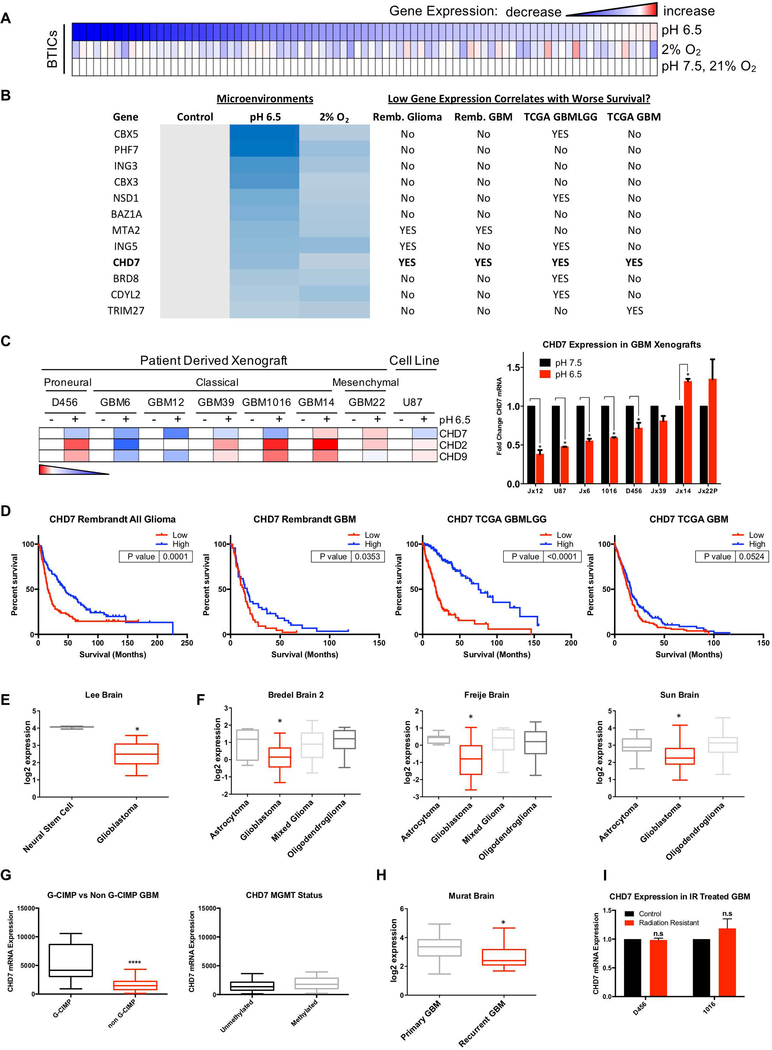Figure 1. Screening for Microenvironment-Regulated Epigenetic Related Genes in Glioblastoma.
Cells isolated from human GBM xenografts were cultured in normal, acidic (pH 6.5), or hypoxic conditions (2% O2) for 72 hrs. (A) An array measuring RNA expression of 84 epigenetic related genes from 1016 GBM PDX. (B) Genes sorted by at least a 20% reduction in expression in the presence of both hypoxia and acidic stress. Genes were interrogated to determine whether their downregulation correlated with worse patient prognosis in multiple GBM databases. (C) Validation of CHD family member mRNA expression across multiple GBM PDX in the context of acidic stress. (D) CHD7 mRNA expression was screened for correlations with patient outcomes using REMBRANDT and TCGA. In silico analysis demonstrates expression of CHD7 in (E) GBM patient specimens compared to non-transformed neural stem cells (Lee et al., Cancer Cell 2006), (F) GBMs, lower grade astrocytomas and other gliomas (Bredel et al., Cancer Research 2005, Freije et al., Cancer Research 2004, or Sun et al., Cancer Cell 2006), (G) G-CIMP vs non G-CIMP tumors (TCGA), and methylated vs unmethylated MGMT promoter (TCGA), or (H) primary and recurrent GBMs (Murat et al., J Clin Oncol 2008). (I) CHD7 mRNA expression does not change in GBM xenograft derived cells resistant to irradiation. *, p<0.05, **** p<0.0001 with t-test or ANOVA.

